
It is Friday morning, nine o’clock. One by one, today’s three protagonists trickle into Twice’s Mu building on Eindhoven’s High Tech Campus.
Bart Sanders arrives first. He is the CEO and co-founder of STENTiT. With its regenerative and dissolvable stents (small tubes that help keep blood vessels open and repaired), the start-up aims to become the new standard for treating patients with vascular diseases worldwide. Second in line is Brigit van Dijk-van de Reijt. She has been director of the Brabant Development Agency (BOM) for four years. In 2021, BOM was one of the investors in STENTiT’s €1.8 million financing round, as the company participated in BOM’s Investor Readiness Program. With the arrival of Marc Kuipers, director of incubator Twice, the trio is complete. Twice aims to strengthen the climate for high-tech start-ups in the Brainport region by renting offices and lab spaces and helping with advice and financing.
The technology of STENTiT
STENTiT aims to treat patients with vascular disease better in the future by offering them a soluble implant that allows the blood vessel to repair itself. STENTiT’s regenerative stents consist of soluble, microscopic fibers that combine to form a porous sponge. These implants can be inserted into the blood vessel through a balloon catheter. The patient’s circulating blood cells interact with the fibers from this stent, triggering a natural repair response. A new blood vessel is then built on the inside of the vein, after which the implant safely dissolves in the body.
STENTiT began as an Eindhoven University of Technology (TU/e) spin-off in 2017. Now, there are thirteen people on the payroll, and the company is working toward being allowed to treat the first patients within a clinical trial early in the new year.
Risk capital
Van de Reijt: “First of all, I’m curious: how are you doing Bart? And with STENTiT?”
Sanders: “That’s more or less the same question (laughs). It’s going well. The preclinical studies are almost over; we are now busy bringing our innovation to the first patient. Before we can treat this patient in a clinical trial, we have to produce a few thousand devices to guarantee that they all meet the same quality requirements. Those preclinical and clinical studies are very expensive. We have been working since 2017 but have not yet been able to make a penny in sales because it is a long process before a new implant is admitted to the market. So we need investors and parties who dare to look at the long term and understand how bringing a medical innovation to the market works.”
Van de Reijt: “Yes, STENTiT is a typical example of a start-up that needs long-term venture capital. I see it as the role of a development company not to go for the quick wins but to look at which companies to invest in from a societal perspective. You are developing an application that keeps healthcare accessible and affordable. In our due diligence (analysis of a company in terms of economic, legal, fiscal, and financial conditions, ed.), we not only look at the technology and its application, but we also have to have confidence in the management team and the whole go-to-market process, for example, including access to available and affordable testing facilities.”
Sanders: “Our previous office was in a TU/e building. At first, that was super; the university gave us plenty of support to get through the first phase, and we were allowed to use many facilities. But at some point, you have to take the next step. And then the question is: where? STENTiT is really embedded in the region, so staying here was a requirement. We work with chemicals, so our lab spaces have to meet all kinds of requirements and certifications. We can’t set up such a facility ourselves yet. That’s how we ended up with Twice.”
Kuipers: “You started with one office in the Mu building, and a few months later, you occupy three offices and two lab spaces. So it happened very quickly. That’s how we like it; we put everything into growing with the company and giving them all the necessary facilities.”
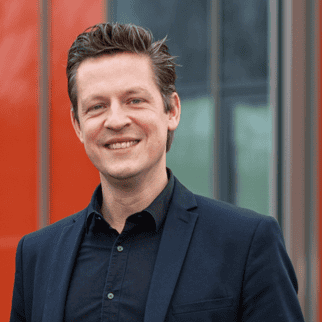
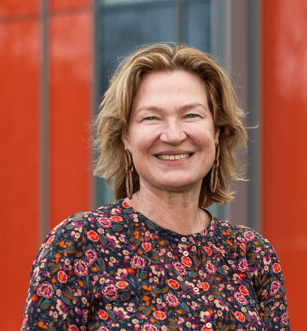
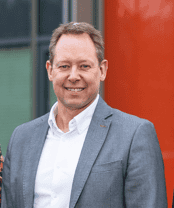
Self-reflection
Sanders: “Brigit, you just mentioned that you judge start-ups not only on technology but precisely on the qualities of a management team. What do you think characterizes a successful entrepreneur?”
Van de Reijt: “I think each phase requires different skills. The research phase requires skills different from those when looking at a product’s market potential. And then you also have the operational part. We think it is important that entrepreneurs dare to reflect on themselves and see if they have everything they need to enter a new phase. How do you look at that? You started as a Ph.D. student at a university, and seven years later, you have thirteen people on the payroll.”
Sanders: “On paper, I am a biomedical researcher; I have no business background. That is often a consideration for early-stage investors as well: can this person get the company off the ground? I also got a lot of questions about that in the beginning – and I understand that. Living up to those expectations is quite a task. Building a company involves more aspects that have nothing to do with science. So, you have to keep developing yourself and look at yourself critically. I have gathered a strong complementary team and a shell of people around me who help and advise me. Growing in your role as an entrepreneur and seeing your business expanding gives you confidence. But that doesn’t take away from always being open to feedback.”
Kuipers: “What do you like least about being an entrepreneur?”
Sanders: “I actually like everything. When we were just starting out, I was often told that I wouldn’t succeed. That created an enormous drive to prove these people wrong. But it does involve a lot of stress and the pressure is high. I also have a young family, and it’s important not to lose the balance. But when I look at where STENTiT is now, I am very proud, and I think it’s fantastic to continue to enthuse people about how our implants are going to save lives.”
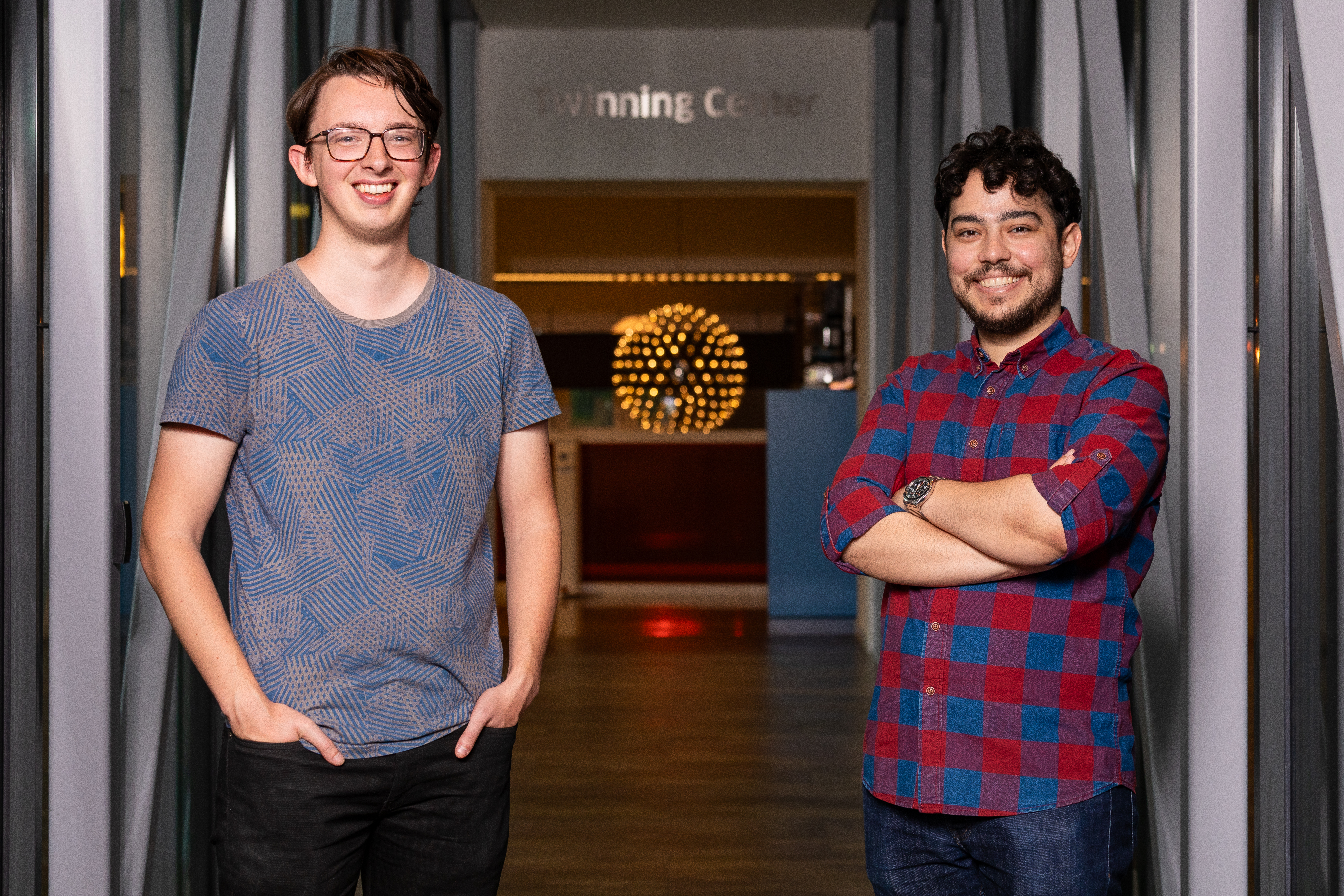
Long waiting lists for lab and office spaces
Kuipers: “In The Hague, many measures are being taken that do not help the business climate, such as the downsizing of the expat scheme. Do you worry about that, Brigit?”
Van de Reijt: “Yes, absolutely. There are a lot of elements that don’t make it easier for companies to expand or locate here. Affordable housing, offices, and lab spaces are good examples of that, in addition to that austere expat regulation. So that’s where Twice plays a crucial role for young companies.”
Kuipers: “We share those concerns. Twice wants to offer room to new companies, but especially for the lab spaces, there are long waiting lists at the moment. We see a lot of medtech start-ups emerging, but all those companies need a long start-up period to enter the market. That means they also stay with us longer. There must be a logical, natural growth of start-ups through our buildings, with independence as the end station. In this, we need help because otherwise the growth of young companies stagnates.”
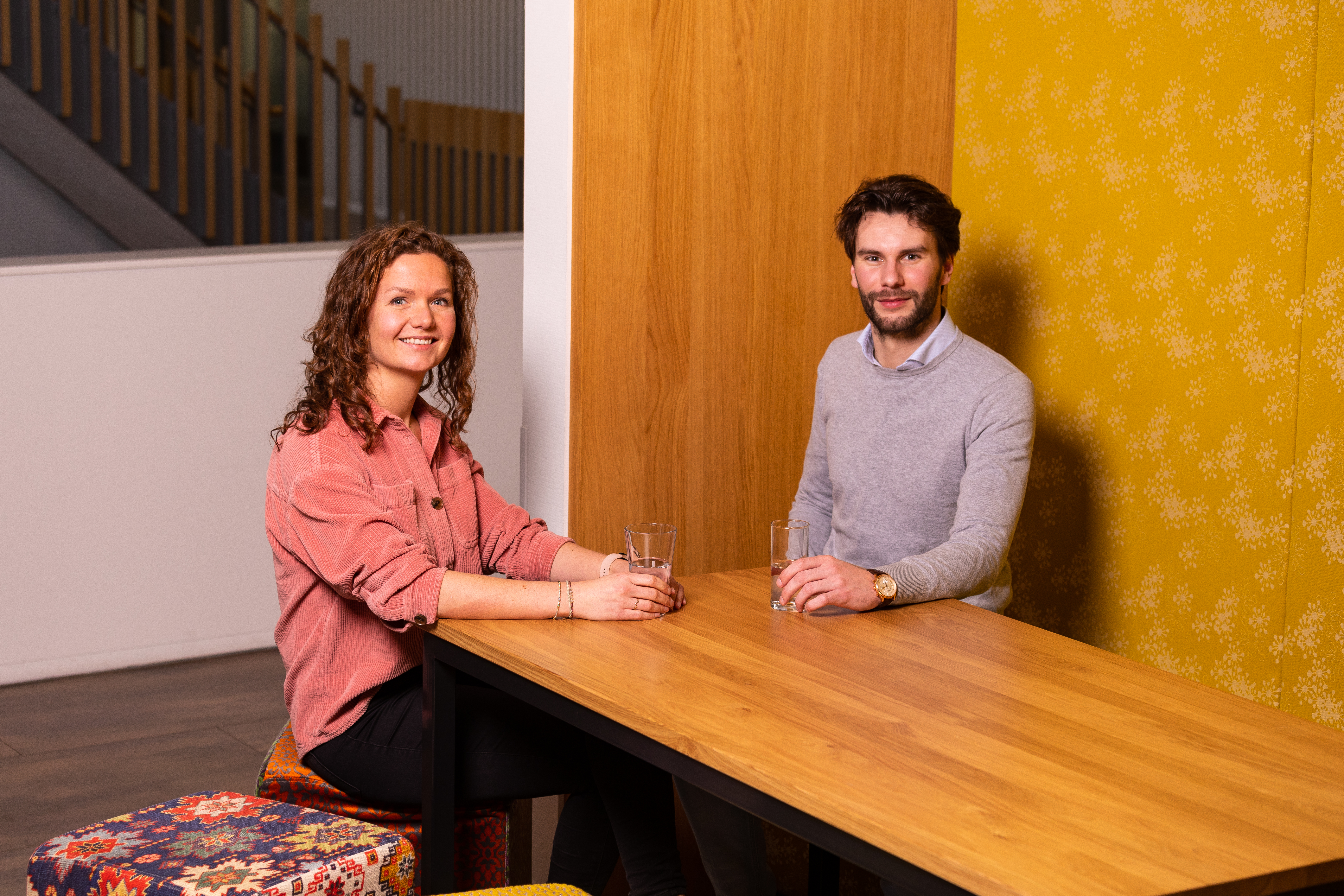
Van de Reijt: “A day after the cabinet voted for a scaled-down expat scheme, I flew to Malaysia to lead a trade mission. Once I arrived, there was a very large banner reading, ‘We welcome our international students.’ The contrast with the Netherlands could not be greater; we must not close our eyes to the world around us, which is moving at a furious pace. At the same time, Brabant is doing very well in many areas. Research shows that labor productivity is declining everywhere in the Netherlands, except Greater Amsterdam and the Brainport region. Here employment is actually shifting from low-productivity to high-productivity sectors.”
Sanders: “The level of knowledge and ecosystem in this region in the medtech field means that nowhere would we rather grow than here. We have several important collaborations here; for example, in addition to the TU/e, we also work with the Catharina Hospital and several other suppliers in the region. Innovation and collaboration are part of our DNA; they are not things you can just cut and paste to any random location. In five years, our stents must be the new standard worldwide – if at all possible, we will do that from Brabant.”
Van de Reijt: “People often write about entrepreneurship, the investment climate, and things like that, but ultimately, it’s about the impact that a company can make on the market. For STENTiT, that impact is quite clear. Bart and his team are working on a new generation of stents that could save or improve hundreds of thousands, if not millions, of lives. The global market for stents is one billion euros; it could just be that here we are, sitting around the table with the new Philips. It is up to parties like Twice and BOM to support these companies as best they can.
About Twice
Twice aims to strengthen the climate for high-tech start-ups in the Brainport region. The incubator does this by, among other things, renting out offices and lab spaces and helping with advice and financing. In addition, young entrepreneurs can also expect intensive mentoring, helping them turn their ideas or technology into a mature company. “We help entrepreneurs grow their business in a good and healthy way. One way we do this is by opening up our network. For example, we have an arrangement with the accounting firm EY, which has a special department for high-tech start-ups,” Kuipers says.
Start-ups enter into a seven-year lease with a four-month notice period. Based on a growth model, they move through Twice’s six buildings. Aspiring entrepreneurs with an idea can go to The Gate, a start-up counter they can use for free. Then, the start-up can develop further in the Alpha hub, where the prototype and pilots are created. Once the first sales are made, it can move on to Twinning. βèta, Mµ, and Catalyst are there for the final phase, where the company is supported on its way to maturity. Kuipers: “The best part is seeing the companies grow through our buildings. From an idea to a prototype, to initial sales and then a mature company.”

